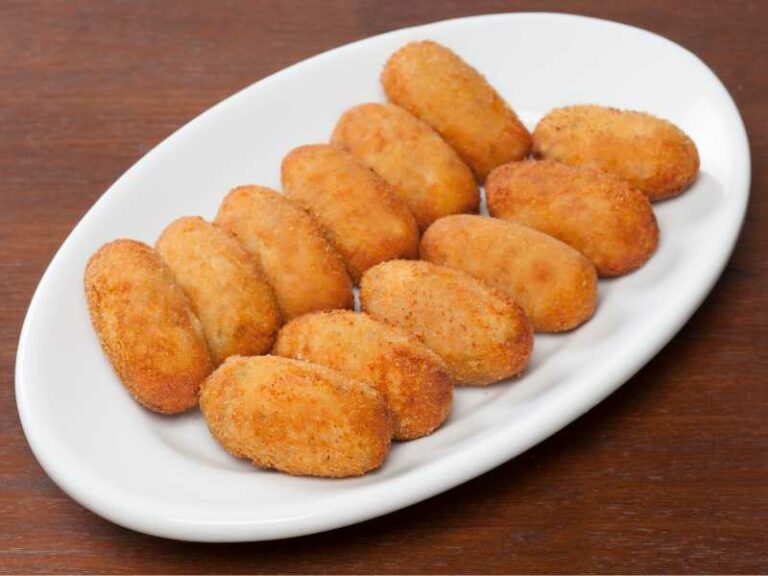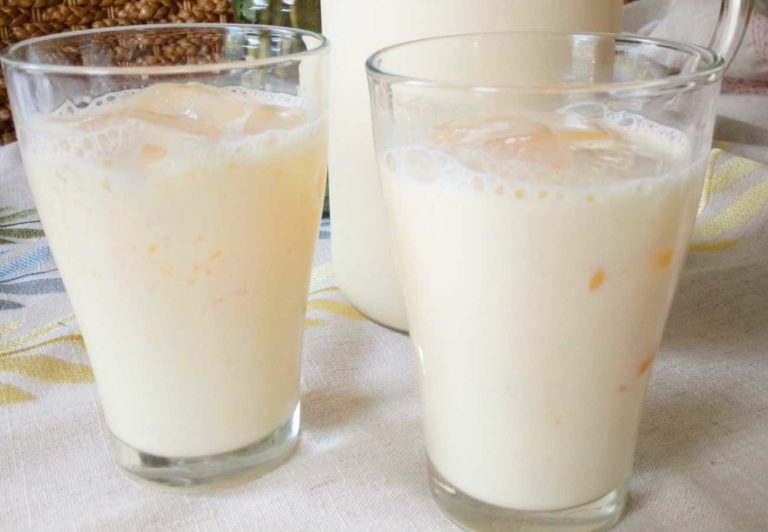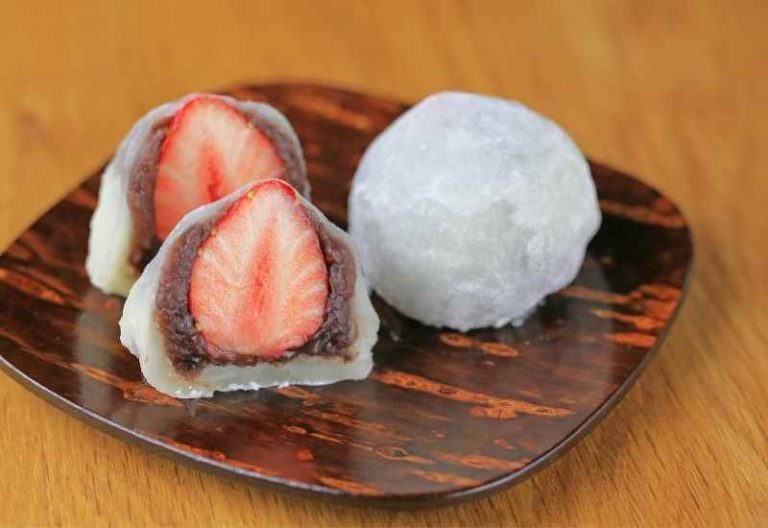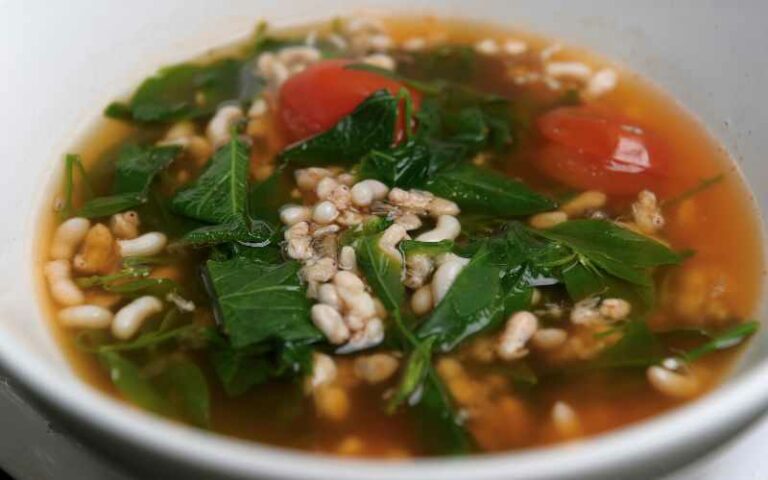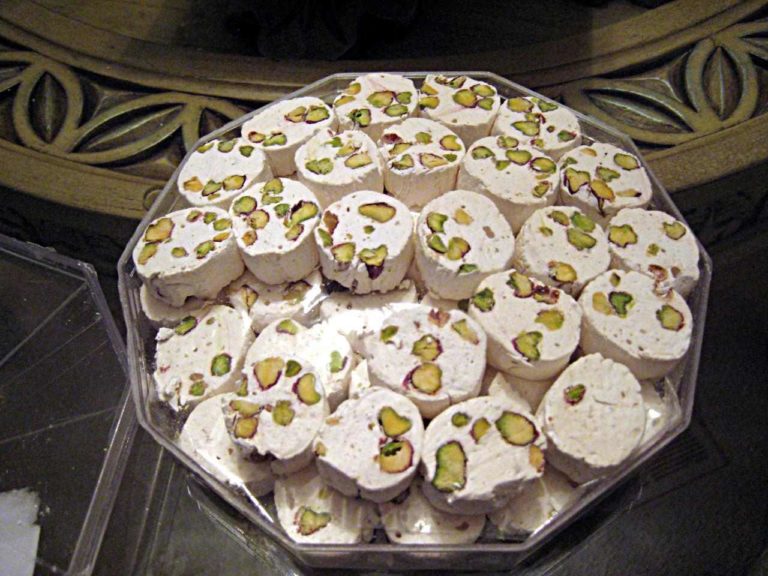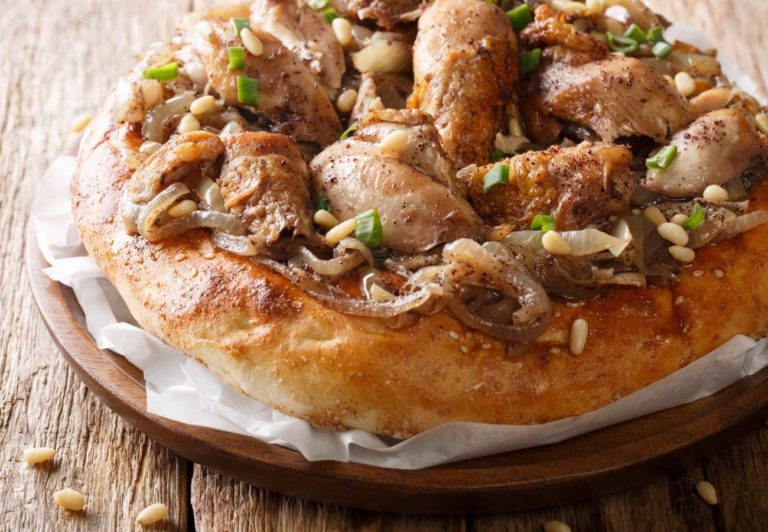Casu Marzu: The Dangerous Italian Maggot Cheese

Casu Marzu is a traditional Sardinian sheep milk cheese that comprises of living insect larvae (commonly known as maggots). It is considered to be one of the most unusual dishes in the world.
Beginning with the creation of Pecorino cheese, Casu Marzu is prepared by exceeding the typical process of fermentation until the cheese is completely decomposed. After the decomposition, the larvae of the cheese fly of the Piophilidae family are introduced to the cheese, making it dangerous to consume.
The dish is illegal in many countries because of the fatal consequences that can come along with it. Countries like the U.S.A, Italy and the European Union have completely banned this cheese from sale.
History & Cultural Significance
The word Casu Marzu translates to ‘rotten’ or ‘putrid’ cheese.
The cheese has its origin in poverty. It’s said that deprived people used to consume it as difficult times forced people to eat whatever they could in order to survive. However, in the intervening years after it became illegal, the cheese started to be consumed by some hardcore cheese fanatics in order to get a sense of the taste of this banned flavor.
The dish is exclusively available in Sardinia and is usually served at special events like bachelor parties, weddings and birthdays. The cheese being illegal adds up to the thrill that comes along with its eating experience. It is no big deal to arrange oneself a block of Casu Marzu on the black market by paying double the price of a normal block of pecorino cheese.
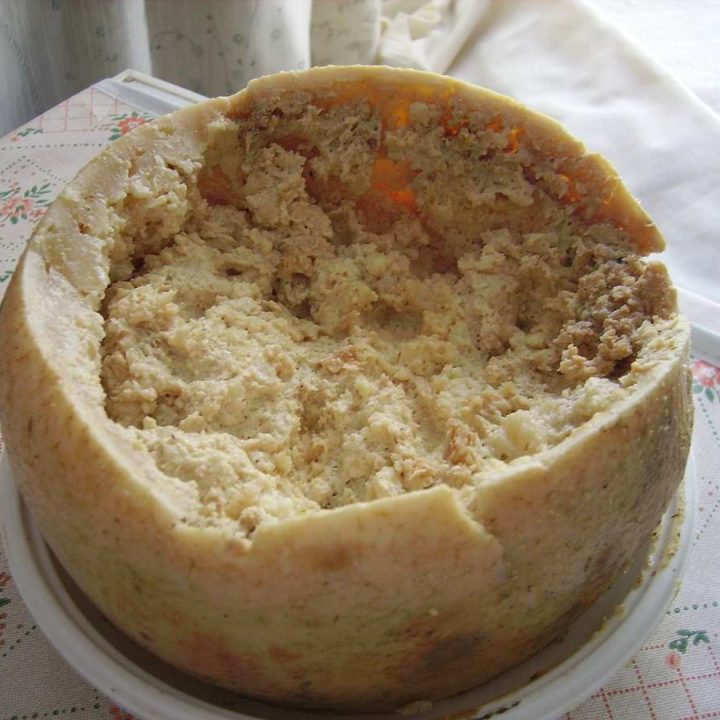
Sardinian Casu Marzu
Casu Marzu is a traditional Sardinian sheep milk cheese that comprises of living insect larvae (commonly known as maggots). It is considered to be one of the most unusual dishes in the world.
Ingredients
- Pecorino Sardo cheese
- Maggots
Instructions
- To start, take some pieces of Pecorino Sardo cheese. Set them aside in the open. Keep them uncovered to allow Piophilacasei (commonly known as “cheese flies”) to lay eggs in the cheese.
- The eggs then hatch into white, transparent white maggots in about 1-2 days. The maggots are about 1/3 inch (8 mm) long.
- In case you don’t want to wait for the cheese flies to lay eggs naturally, the option of deliberately introducing maggots to the cheese is always open. This ensures the speeding up of the process.
- One piece of the cheese would most probably contain thousands of maggots. They help decompose the fats present in the cheese and cause it to ferment by feeding on it.
- With this you will find your cheese becoming very soft in texture and liquid (also called “lagrima” meaning “tears”)will start to drain out of it.
- It will take almost 3 months for the finished cheese to be ready and once done, you can serve it with the Sardinian bread (also called “pane carasau”) and red wine.
Nutrition Information:
Yield: 1 Serving Size: 1Amount Per Serving: Calories: 223Total Fat: 17gSaturated Fat: 10gTrans Fat: 0gUnsaturated Fat: 5gCholesterol: 57mgSodium: 589mgCarbohydrates: 2gFiber: 0gSugar: 0gProtein: 15g
Photo credit: Shardan

